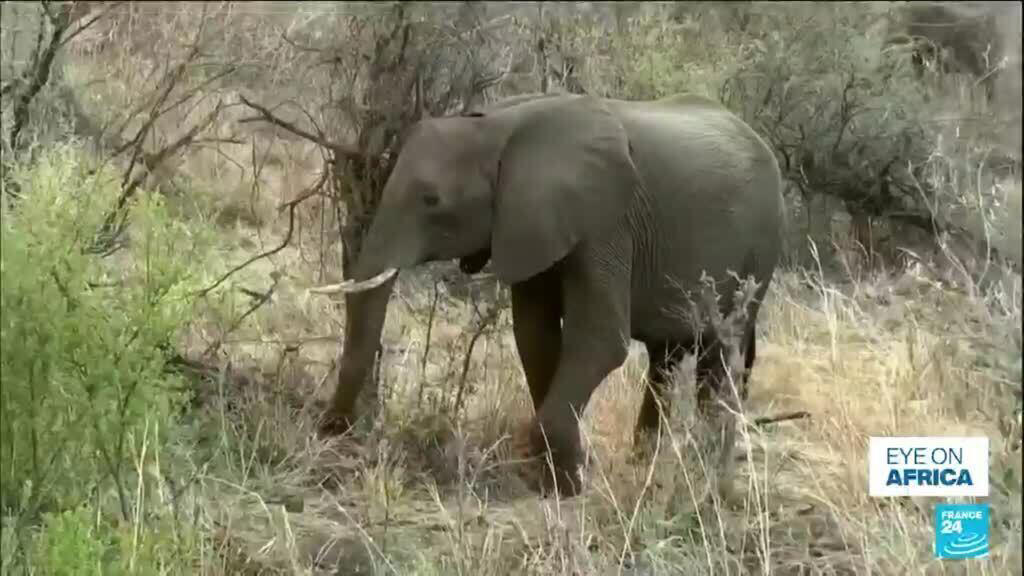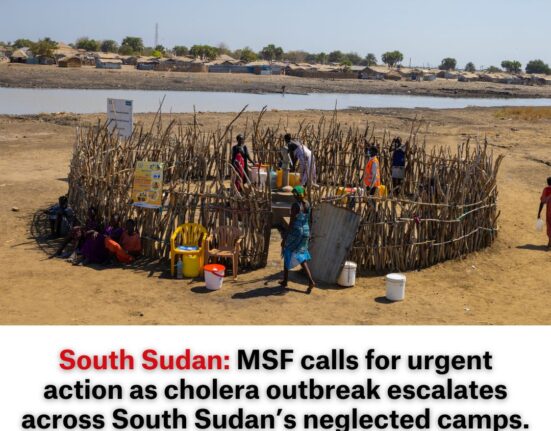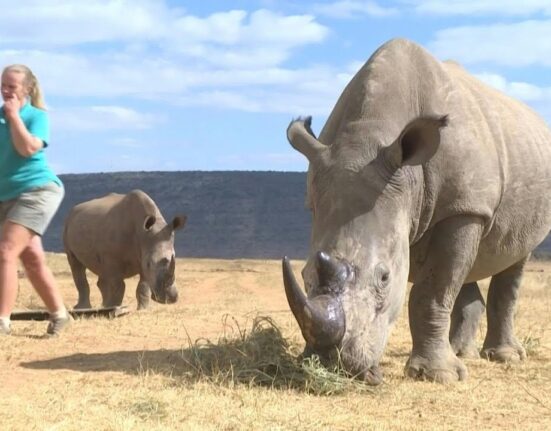Zimbabwe, the land of rich biodiversity and stunning wildlife, is facing a unique challenge when it comes to managing its elephant population. These majestic creatures are not only a national treasure but also a significant draw for tourism. However, in recent years, the number of elephants has surged to levels that exceed the carrying capacity of many of the country’s national parks and reserves.
One such example is the Savé Valley Conservancy, where the elephant population has soared to more than three times the sustainable level. This overpopulation puts immense pressure on natural resources, leading authorities to make some tough decisions. In response to this pressing issue, Zimbabwe has announced plans to cull 50 elephants at the Savé Valley Conservancy.
The decision to cull these animals is part of a broader strategy to manage wildlife populations effectively while ensuring ecological balance within these protected areas. The meat from the culled elephants will not go to waste; instead, it will be distributed among local communities living near the reserve. This approach aims to mitigate human-wildlife conflicts and provide tangible benefits to residents who share their environment with these magnificent beasts.
Efforts have been made in the past to address the burgeoning elephant numbers in Zimbabwe. Some initiatives included relocating hundreds of elephants to other parks and implementing GPS tracking systems to monitor their movements closely. These measures were aimed at preventing conflicts between elephants and local villagers by alerting them when herds approached human settlements.
Despite these efforts, circumstances sometimes necessitate more drastic actions. Last year, during a severe drought that resulted in food shortages across the country, Zimbabwe had to cull 200 elephants as a last resort measure. This year, although facing similar challenges with an overabundant elephant population straining available resources, authorities have set a target of culling 50 elephants at present.
In addressing this complex issue of conservation and population control,
experts emphasize the importance of finding a delicate balance between protecting wildlife and managing ecosystems sustainably while considering local communities’ needs and concerns.
Drastic measures like culling are often viewed as controversial but may be necessary in certain situations where ecological integrity is at risk.
As one conservationist reflects on this challenging decision-making process:
“We must strive for coexistence between humans and wildlife while ensuring the long-term survival of both.”
By engaging in responsible wildlife management practices informed by scientific research and community collaboration, countries like Zimbabwe can navigate these difficult choices with compassion and foresight for a harmonious future where both humans and elephants thrive together harmoniously.









Leave feedback about this